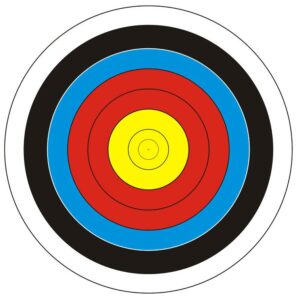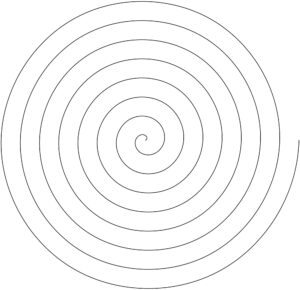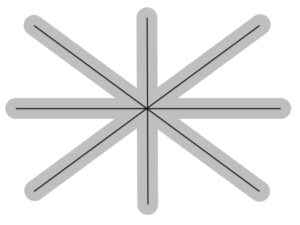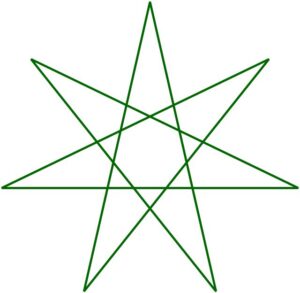Kinesthetic Sensibility
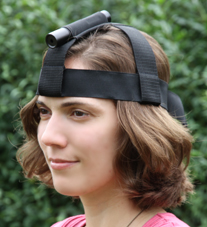
– Assessment & Rehabilitation of Kinesthetic Sensibility –
Cervical kinesthetic sensibility is commonly impaired after traumatic injury to the cervical spine, e.g. whiplash injury. It can also be impaired in patients with non-traumatic cervical spine pain or cervicogenic headache. Untreated, impaired kinesthetic sensibility is likely to contribute to chronic pain, persistent vertigo/ dizziness and incomplete resolution of eye movement abnormalities frequently associated with whiplash and mild traumatic brain injury.
Kinesthetic sensibility is a measure of conscious neck proprioception and can be assessed quickly and easily using a laser pen mounted to a headband. The patient repositions their head to a target after moving their head away from the target. The procedure is performed with the patient’s eyes closed.
The laser pen headband can also be used to retrain kinesthetic sensibility, and so is an invaluable rehabilitation tool for your whiplash and other neck pain or headache patients in whom you find impairments in this measure.
Assessment procedure:
- Patient stands directly facing a target with their head in neutral (their perceived neutral for testing purposes).
- Laser pen beam should be centred in the middle of the target – move the headband, not the patient’s head to achieve this
- Patient is asked to remember this position, then close their eyes, rotate their head as far as they can in one direction and subsequently reposition their head back to perceived neutral.
- The distance of the laser beam from the centre of the target is recorded.
- Repeat the test in:
- the opposite direction of rotation
- flexion & extension
- lateral flexion
- anterior & posterior semicircular canal planes (rotation combined with flexion or extension)
Remember: the further from the target the patient stands, the greater the apparent degree of error. Make sure you use the same patient-to-target distance for reliable re-testing. Suggested distance from target: approximately 1.5 – 2 metres.
A sample target for you to print out and use for your assessments can be downloaded here:
Rehabilitation procedures:
- Patient repeats the testing procedure in the plane(s) they performed poorly during the assessment several times. Allow the patient to open eyes after each repositioning attempt to correct for error (patients frequently fatigue after 4 or 5 repetitions).
- Same as 1., but do not start in neutral; start at a point within the plane of movement they performed poorly.
- Tracing complex lines/patterns. The patient carefully and accurately traces complex lines, shapes or patterns with the laser beam by moving their head and neck through the necessary ranges of motion. Accuracy is extremely important, so initially the patient should perform the exercises very slowly. Below are examples of lines, shapes and patterns that can be used. Click on the images for a full resolution download that you or your patients can print and use.
